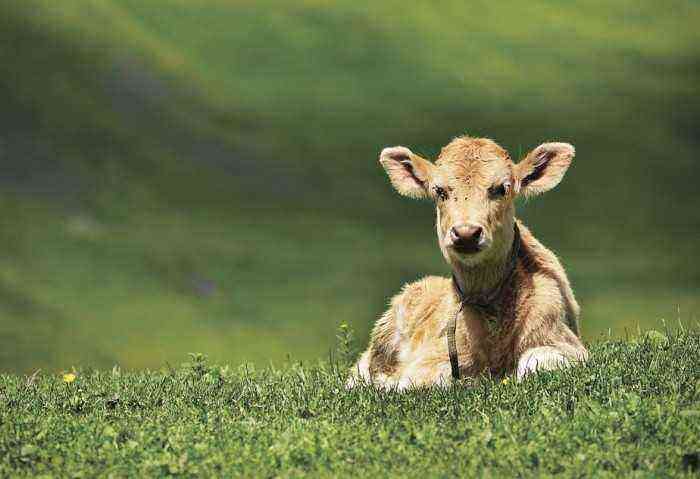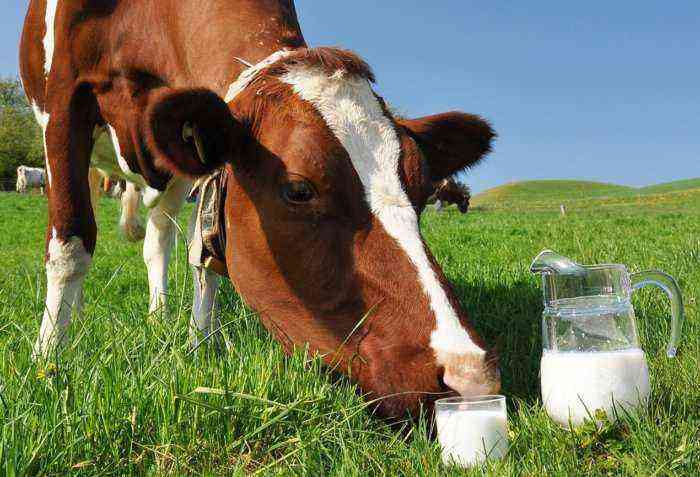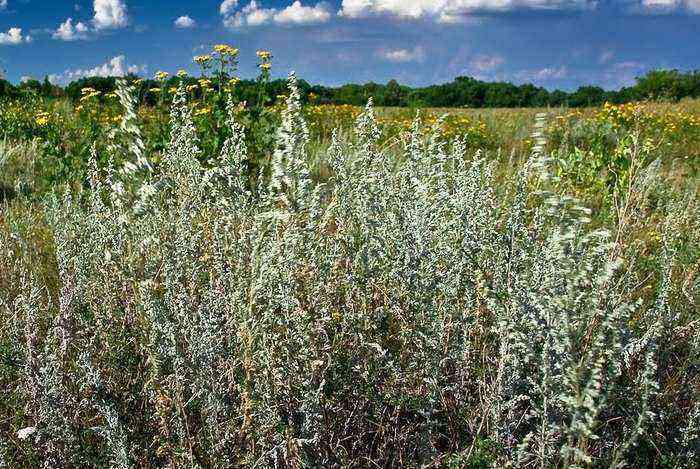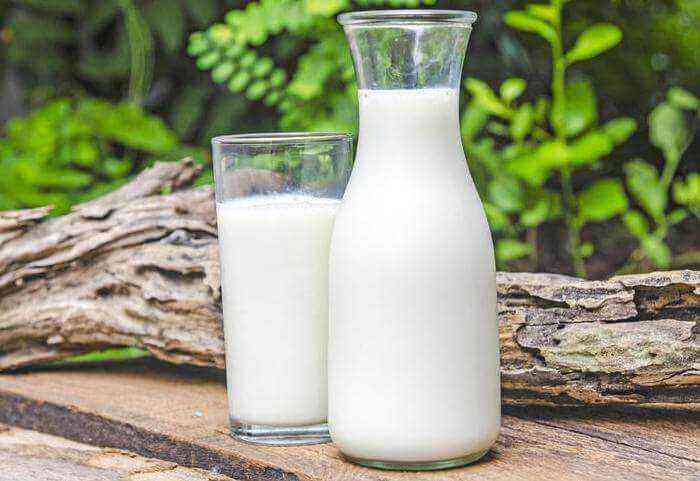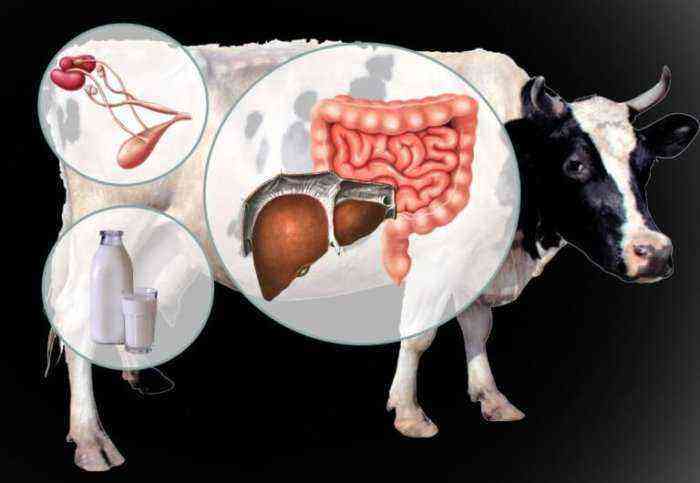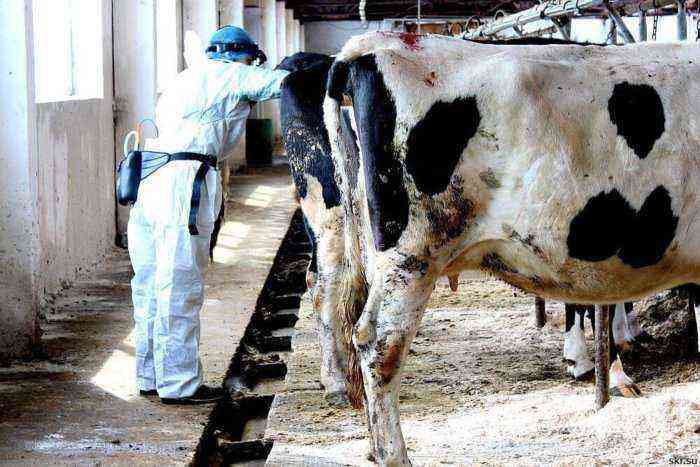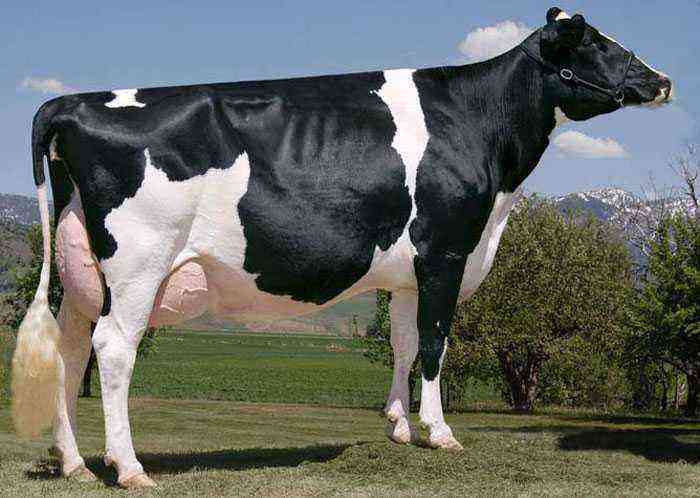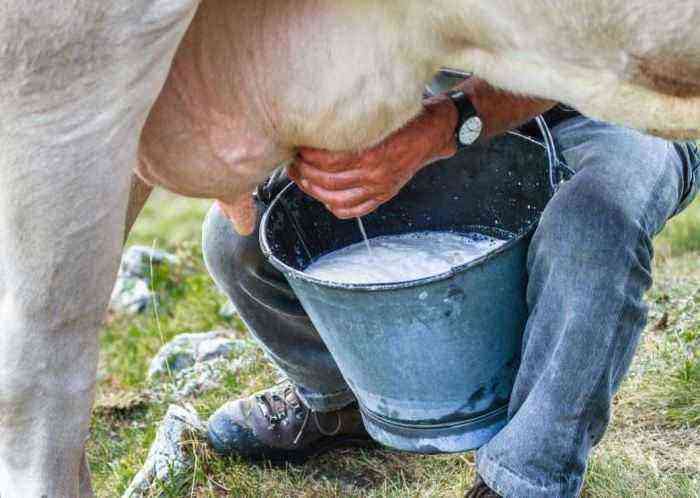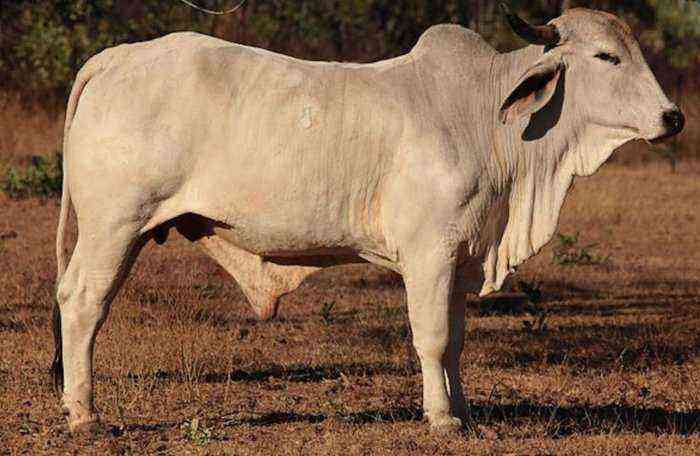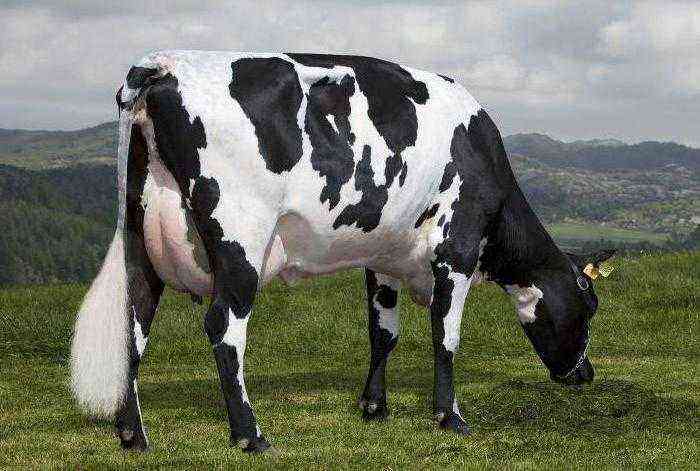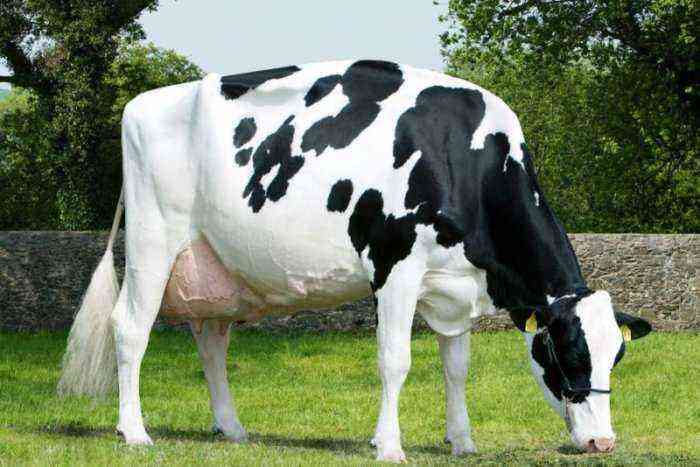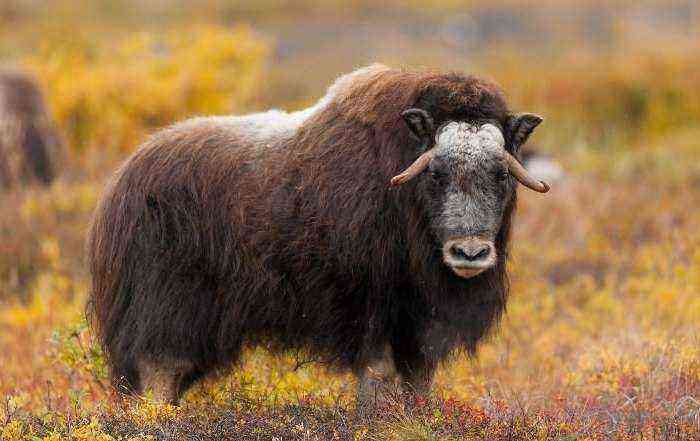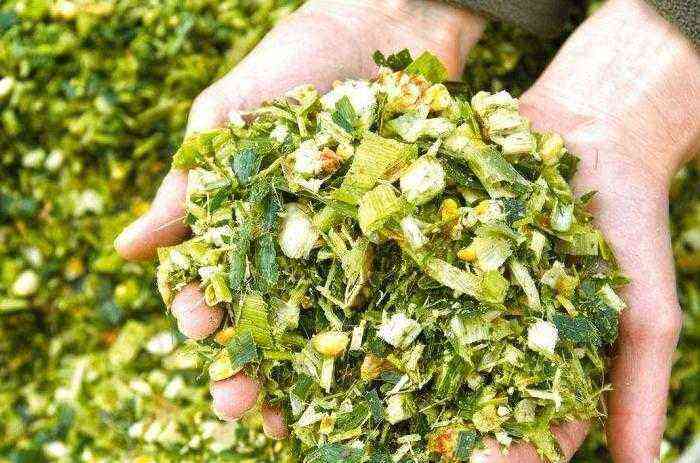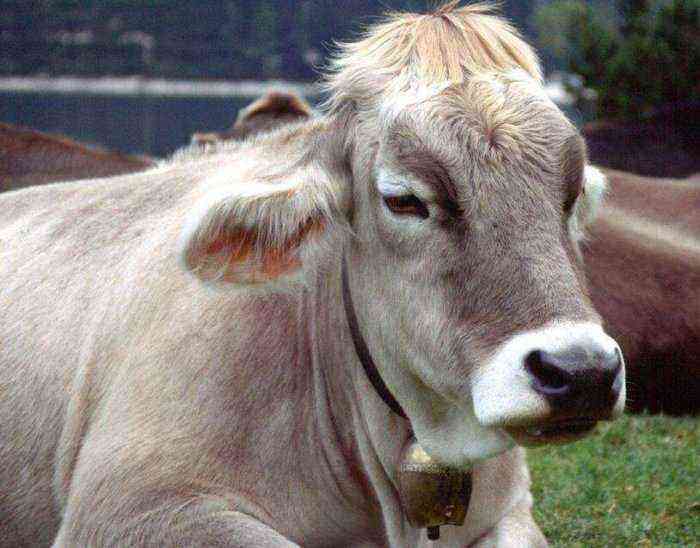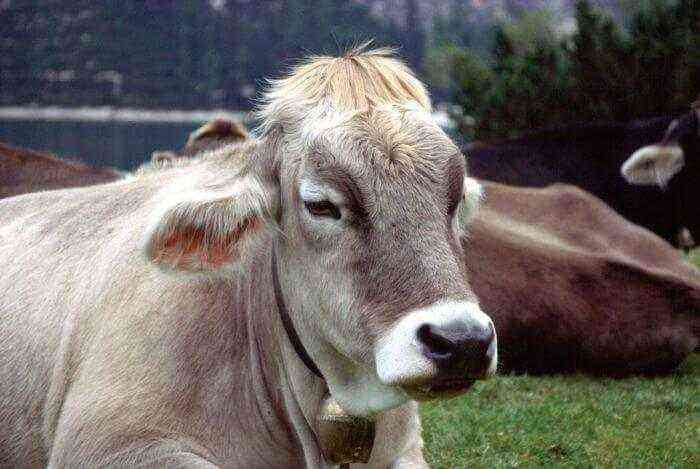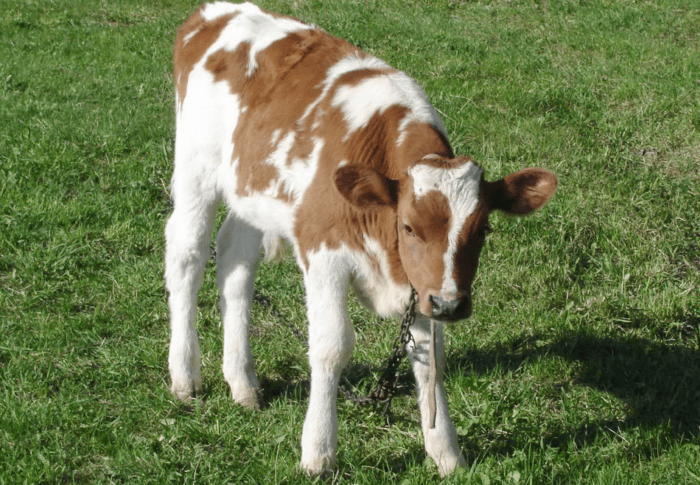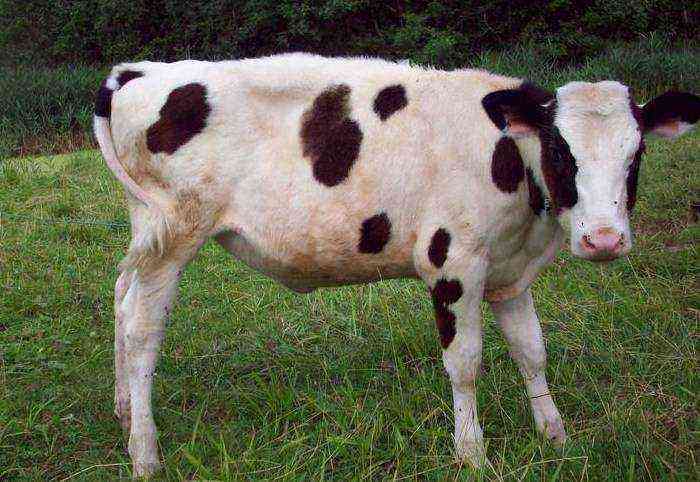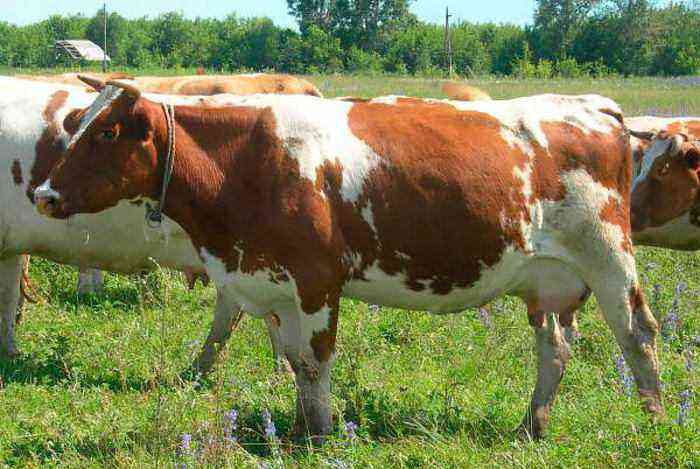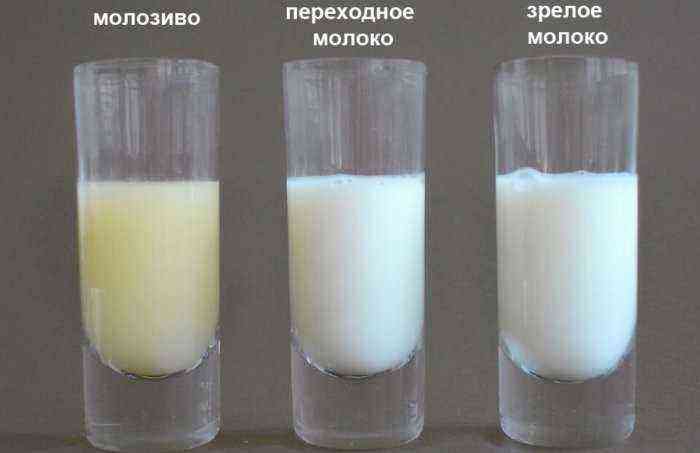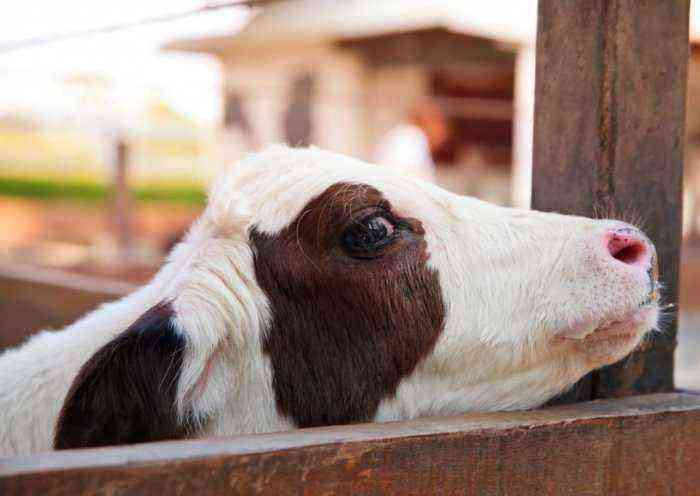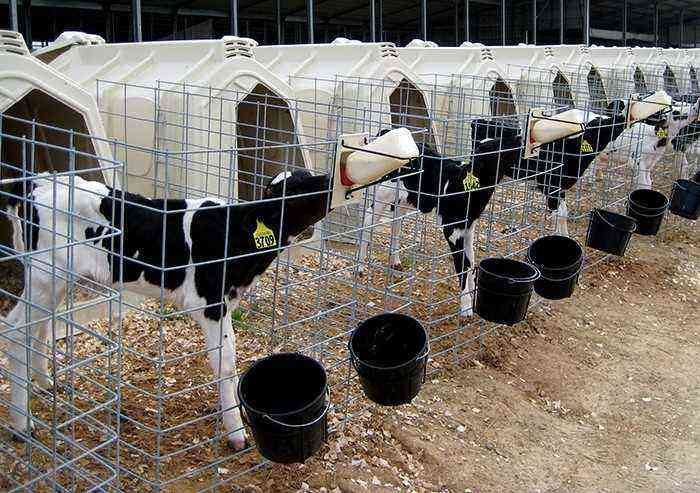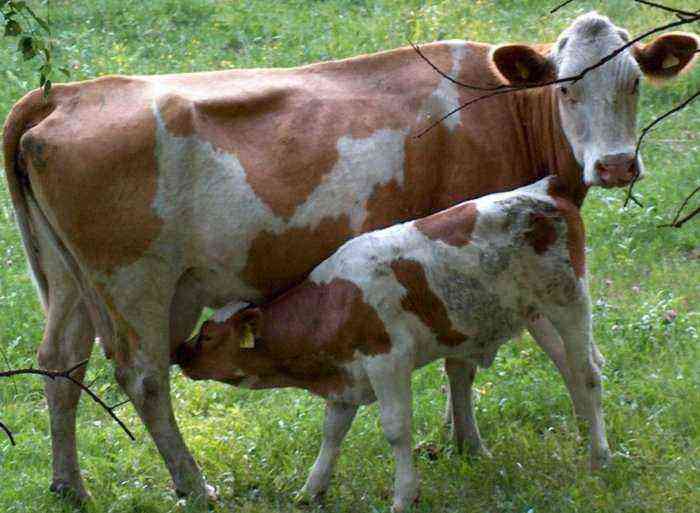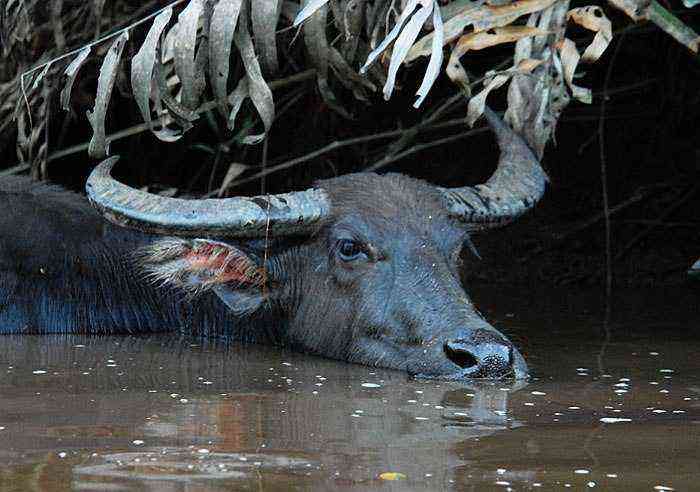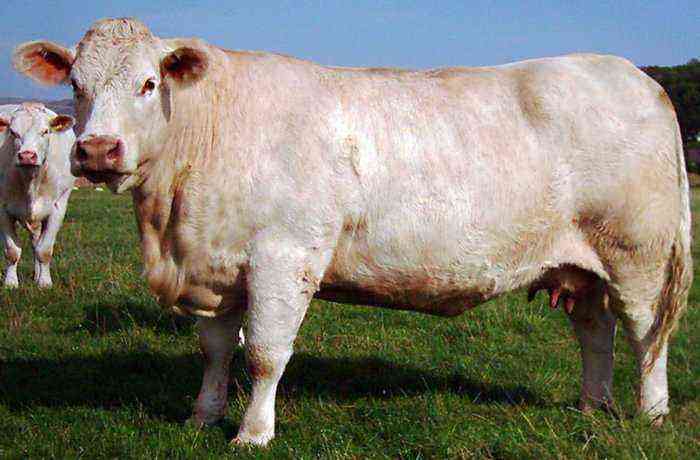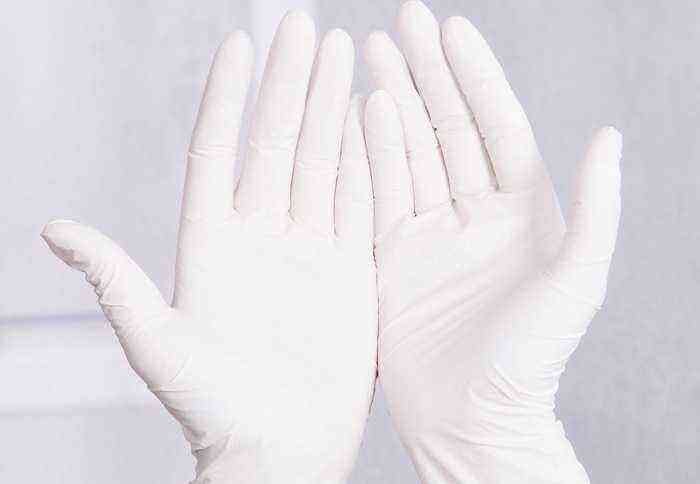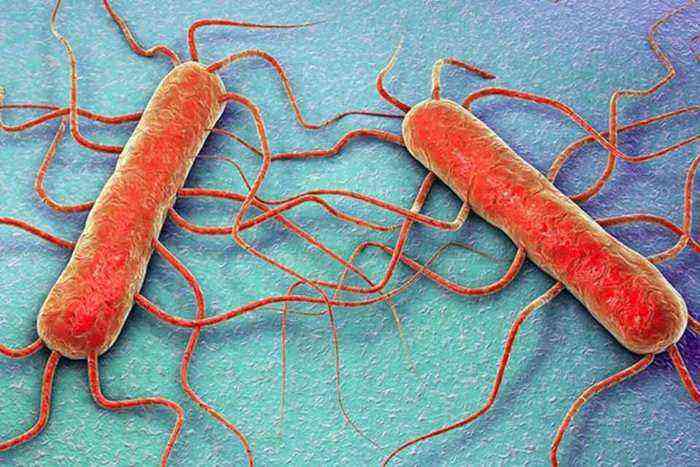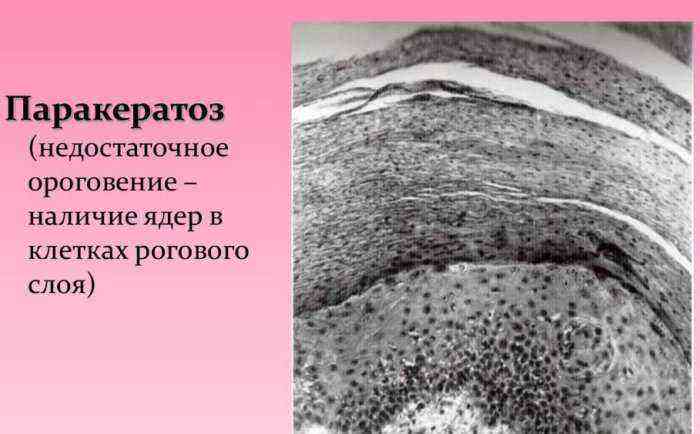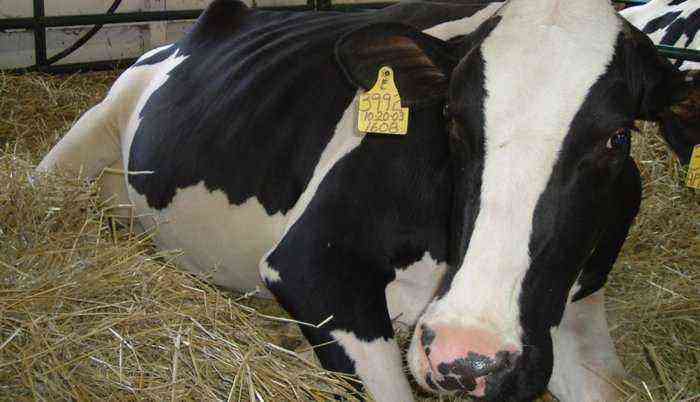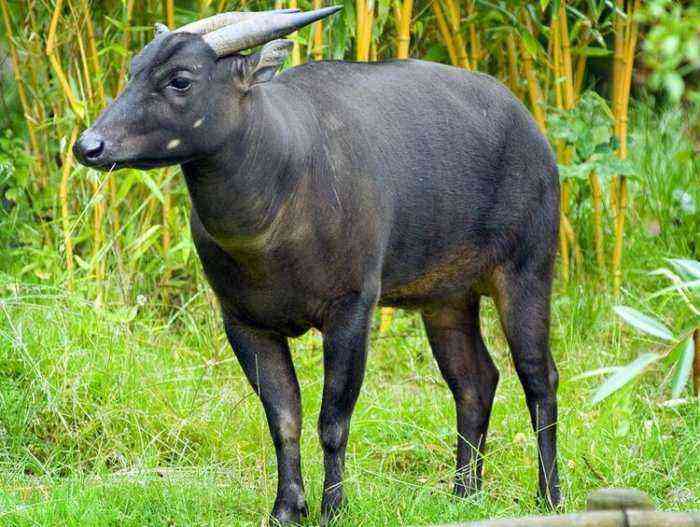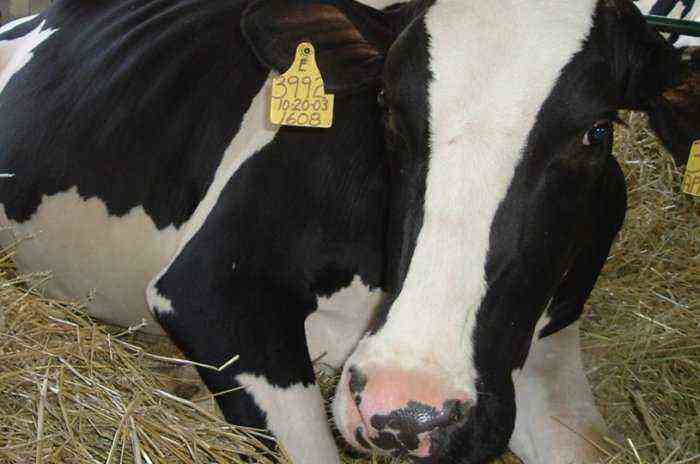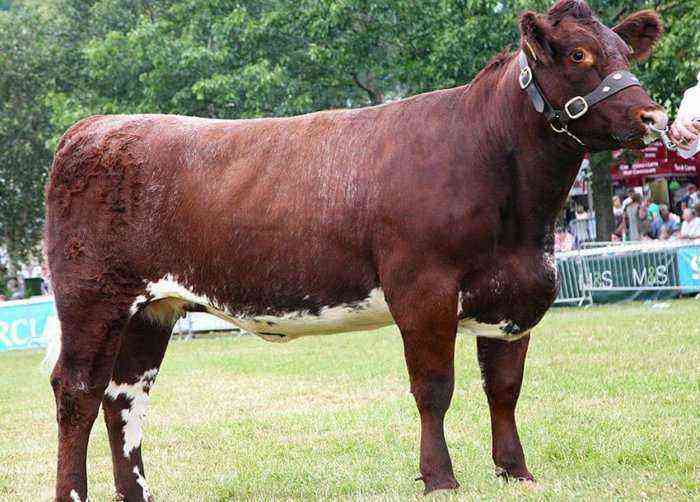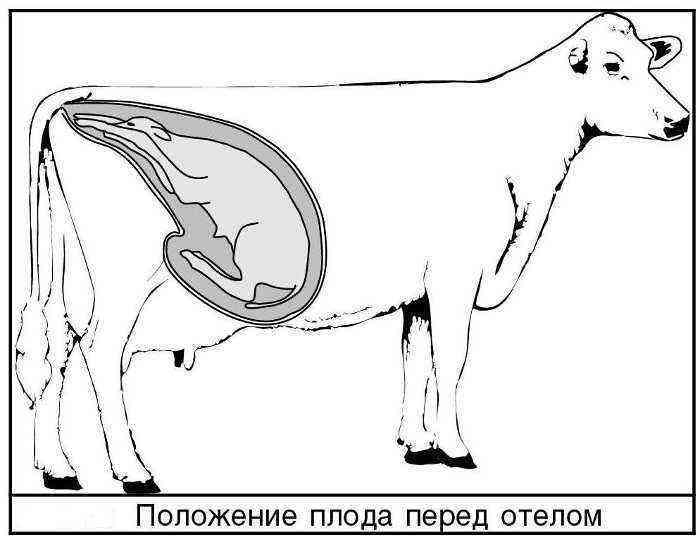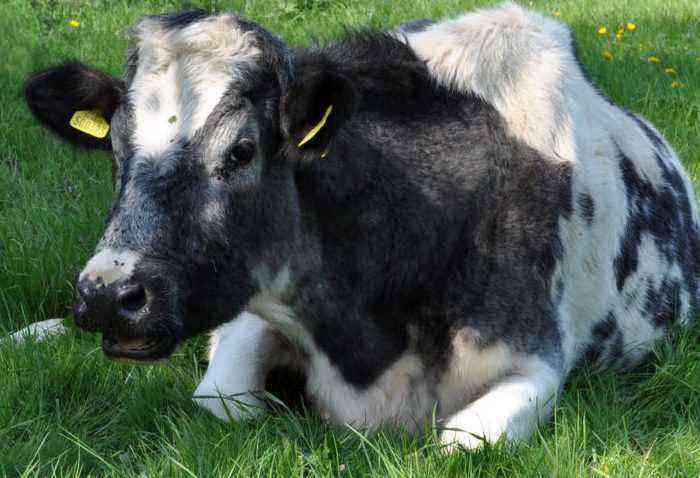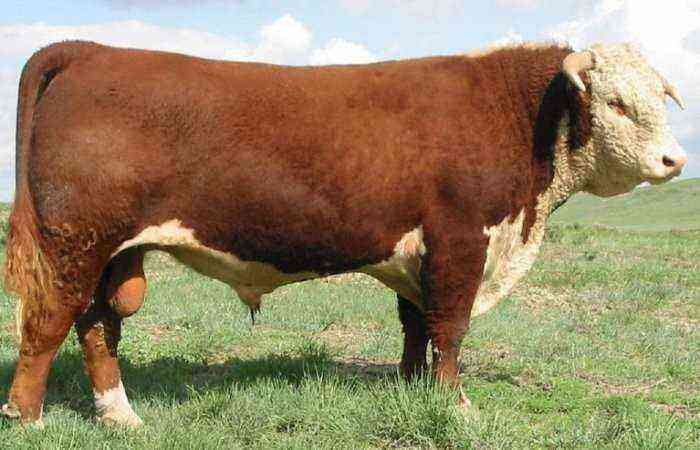Among the varieties of cattle, there are not many breeds that would combine high milk productivity and undemanding conditions of detention. But the Jersey cow is still one of them. Moreover, if until recently, domestic breeders ignored such cattle, today its popularity is constantly growing, and the number of livestock on Russian farms is increasing.
Jersey cow
Characteristics of the breed
This variety of cattle has received wide recognition around the world. Moreover, for high milk productivity, a cow is often jokingly called a “small dairy”. But in addition to this parameter, the animal is distinguished from other varieties of livestock by a number of other features.
Origin
To date, there is no exact information about when exactly the Jersey breed of cows appeared and what varieties were used to breed it. But it is known for sure that the birthplace of this breed line is the island of Jersey, which is part of the UK and is located in the English Channel. One of its main advantages are vast pastures with rich vegetation, where cattle breeding has always flourished.
The Jersey cow was purposefully created by the locals. At the same time, the main goal was to increase the fat content of animal milk. According to many scientists, such cattle were based on separate varieties of Norman cows, which were supplemented by several other breed lines. As a result, the dairy products of a newly bred cow were so valued that in the second half of the XNUMXth century, in order to exclude the possibility of crossbreeding and loss of milk qualities, a law was passed prohibiting the importation of any cattle to the island.
In 1866, a Jersey cow breeding society created a studbook for the breed, thereby establishing it as official. And by 1872, the policy regarding the island had changed, and the authorities gave permission for the removal of the Jersey cow from the island and its export. A small livestock was immediately acquired by breeders from the USA, Canada, Australia, and France.
Several copies were also purchased by Russian farmers. True, the animal did not acquire much demand. A repeated attempt to popularize the breed was already tried in the days of the USSR. But it also ended in failure, as the peasants paid more attention to universal varieties, which, in addition to high milk yields, could also provide residents with a large amount of meat.
Today, such cattle are bred in many European countries, as well as in North America, Africa, Australia, New Zealand and other parts of the world.
Appearance
Jersey dairy cows also have an appropriate physique. They are quite compact. On average, a representative of the variety at the withers reaches 1,2-1,3 m. At the same time, the weight of a cow, as a rule, does not exceed 400 kg. Bulls in their mass significantly bypass females and can reach 700 kg. Muscle mass in Jersey cows is poorly developed.
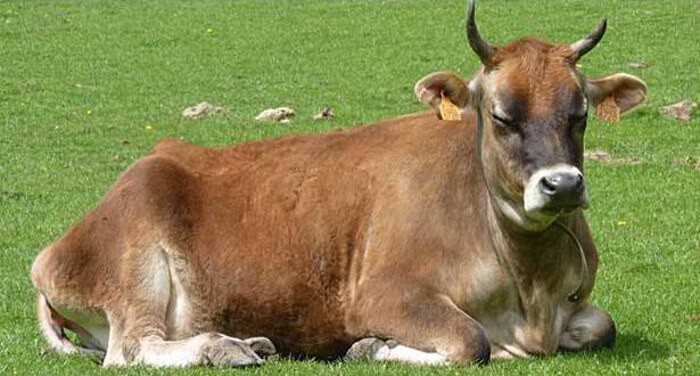
Jersey Bull
The color of cattle of this species is most often red. But brown individuals with dark spots are also not uncommon. As for the features of the constitution, they include:
- the body is slightly angular, with a curved arched back and sloping ribs;
- limbs are elongated and slender;
- the neck is thin and long with wrinkled skin;
- the head is small, distinguished by a narrow forehead and small horns (in some cases, their complete absence);
- the thoracic part is narrow and shallow;
- the back of the body is slightly raised;
- the tail, as a rule, reaches the knee joint.
Like most other dairy breeds, the udder of the Jersey cow is well developed and cup-shaped.
Productivity
The primary purpose of Jersey cattle breeding is to produce large volumes of quality milk. The breed is 100% dairy. Her whole physique is shaped so that the predominant part of the nutrients and energy received is spent on milk production, and not on the growth of muscle tissue.
Daily milk yield of one cow of this breed line can reach up to 32 liters. At the same time, the annual productivity of the animal is at least 4 thousand kg of milk. If you correctly compose a diet and balance it in terms of nutrients, vitamins and minerals, it is quite possible to reach the level of 10-11 thousand kg.
Another no less important advantage than the impressive milk productivity is the high quality of the milk itself. The fat content of the product in this breed varies from 5% to 8% (depending on the diet). In addition, it has a pleasant taste and smell and is suitable for the production of high quality cheeses and butter. No wonder such products from the island of Jersey were highly valued throughout England.
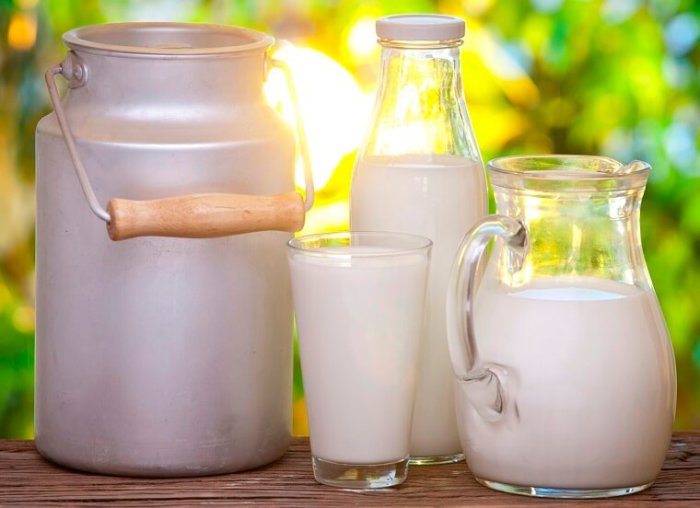
Daily milk yield of one cow can reach up to 32 liters
As for the meat productivity of the breed, there is not much to say about it. The dimensions of the livestock are relatively small, and the yield of meat from the carcass is only 40%. Accordingly, the purposeful breeding of such animals for beef does not justify the investment.
Advantages and disadvantages
Like any other breed of cattle, the Jersey breed line offers a number of individual qualities that have made it popular throughout the world. These include:
- high content of fat, as well as protein and calcium in milk, which increase its overall value and usefulness;
- relatively increased milk production;
- high resistance to diseases of the udder and general diseases of cattle;
- rapid adaptation to new climatic conditions;
- hard strong hooves that protect the limbs from injury and deformation;
- childbirth takes place as easily as possible and in most cases without complications, which is facilitated by the corresponding constitution;
- light weight requires a minimum amount of food to maintain the normal functioning of the body;
- unpretentiousness to the conditions of detention and feeding.
Reference. Such cattle are extremely careful about the pasture, without trampling the vegetation on it. The animal lies down only in those parts of the meadow where all the grass has already been eaten.
But, describing the breed, several of its shortcomings should be highlighted. These include:
- minimum meat productivity;
- rather high fearfulness of the animal, due to which the cow cannot get used to the owner, the milkmaid and new living conditions for a long time;
- a certain curvature of the hind limbs.

Cows have a certain curvature of the hind limbs
Breeding and care
The Jersey breed of cows is quite undemanding to the conditions of feeding and keeping. Such animals are genetically accustomed to grazing. Therefore, in the summer, the herd can be grazing in the meadow all day long. At the same time, it is important to provide him with free access to clean water.
The animal calmly endures the winter cold in a standard barn. At the same time, the requirements for it are the usual:
- high-quality ventilation;
- full natural and electric lighting;
- lack of drafts;
- regular cleaning of stalls.
As for the temperature regime, Jersey cows easily tolerate both extreme heat and significant frosts. Such conditions do not particularly affect the health of individuals. It is best to feed livestock in winter with high-quality hay. As a supplement, concentrates, compound feed, straw and root crops are suitable.
The only condition that is important to observe when breeding Jersey cattle is the location of the farm away from noisy objects (cities, airports, military bases). Harsh sounds can greatly frighten livestock, which will further affect productivity.
The Jersey cow reaches puberty at about two years of age. By this period of life, the animal is already fully formed physically and ready for the birth of offspring. Calving in cattle of this breed, in the absence of health problems, is easy and does not require special attention from a person.
The weight of a calf at birth is 20-23 kg. Babies are born quite weak and fragile, so they require special care from the owner. The first thing to do immediately after the birth of a calf is to wipe it with straw and attach it to the udder. There is little colostrum in a cow, so it is necessary to complete the specified procedure in 1 hour. This is extremely important for the future health of the baby.
In the first weeks of life, the offspring is fed exclusively on cow’s milk. From the first month, when the baby’s digestive system is already more or less formed, thoroughly peeled and washed carrots and other vegetables can be introduced into the diet. Only by the age of two months, young animals can be released to pasture.
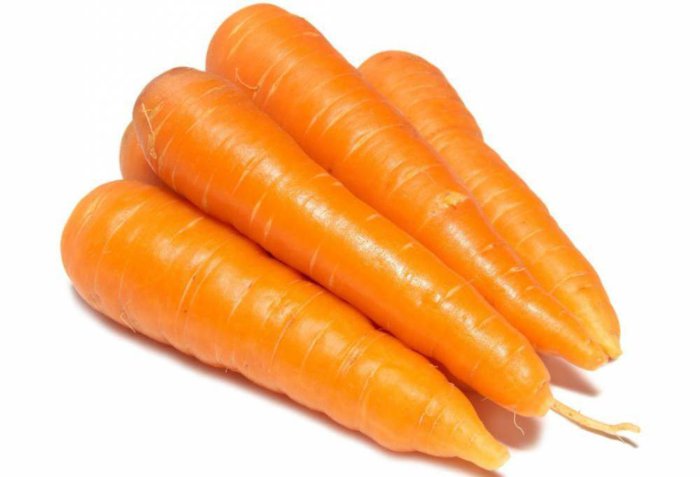
Carrots for feeding young animals
The cow itself after calving during the first 20 days is given only combined feed. Greens and vegetables are excluded from the diet. You can water the animal no more than 2-3 times a day with a small amount of water, which is boiled and cooled before serving.
Attention! In the first months of a baby’s life, when he is already out on the pasture, it is necessary to limit the amount of water he drinks. The daily rate of liquid should not exceed 3 liters. Otherwise, digestive problems may develop.
Thus, the Jersey cow fully justifies its reputation and is considered one of the best dairy cattle breeds all over the world. But breeding and caring for this species of animals involves a number of important points that need to be studied in detail before buying livestock. Otherwise, the results of such an enterprise may be opposite to those expected.

